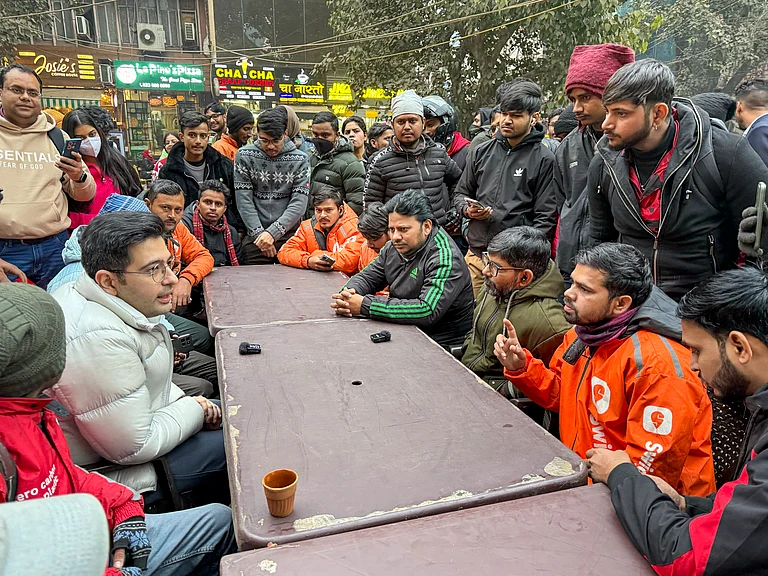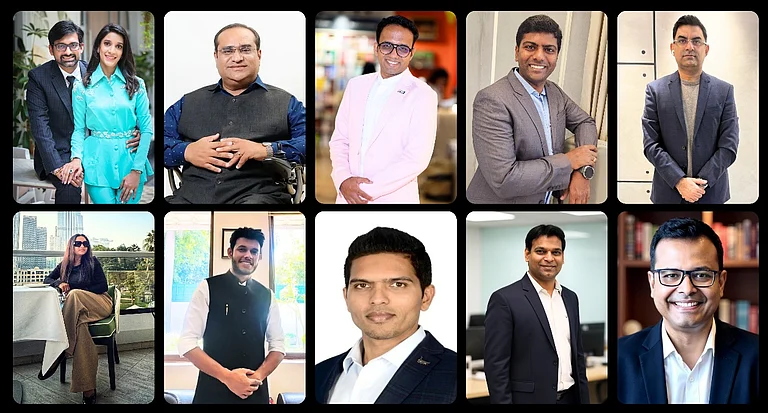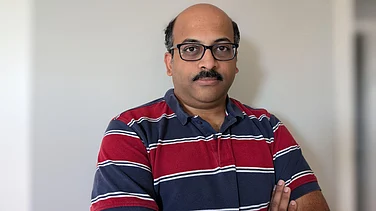The Indian family office ecosystem is witnessing a paradigm shift. Once focused narrowly on managing investments, family offices are increasingly being asked to architect risk, legacy, and purpose-driven capital in a rapidly changing economic landscape. This is being spurred by increased wealth sophistication, international ambition, and intergenerational change among ultra-high-net-worth individuals (UHNIs). In an exclusive interview, Swati Saxena, Founder & CEO at 4Thoughts Finance, gives her take on how family offices are transforming, what Indian UHNIs are focusing on, and the professional approach required to align capital with continuity.
Q1.What broad shifts are you observing in the priorities of Indian UHNIs?
The most important change is the transition from wealth accumulation to managed wealth stewardship. Most UHNIs today are first-generation wealth creators, especially in technology, startup ecosystems, and financial services. Their finances are multidimensional and typically include cross-border assets, high-liquidity events, operating dependencies, and next-generation succession issues. We are also seeing a strong increase in awareness around risk, whether it is estate-related, reputational, geopolitical, or business continuity risk. UHNWIs today are not just viewing wealth as capital to accumulate, but also as something that needs to be safeguarded, invested, and transferred with transparency. These issues are catalysing the need for specialist family office setups and professionalised advisory services.
Q2. The number of family offices in India has grown tremendously in recent times. What is fueling this expansion?
The drivers are both quantitative as well as qualitative. On the one hand, wealth creation has picked up pace thanks to macroeconomic impetus, IPOs, private equity, and higher liquidity in businesses. On the other hand, there is a growing necessity to institutionalise family intent, particularly as asset classes diversify. An efficient family office offers one integrated platform for investment governance, estate strategy, risk planning, philanthropic purpose, and generational preparedness. At 4Thoughts Finance, we work closely with families to embed governance and continuity into the architecture of their wealth, going beyond transaction-based advice.
Q3. How are Indian family offices addressing risk today, particularly for globally active UHNIs?
The risk landscape has changed. Families now face a mix of known and unknown risks, medical emergencies, succession delays, foreign tax implications, or liquidity disruptions caused by an unplanned exit or death of a principal. These are not theoretical risks. They are very real, especially for families operating across businesses and borders. We advise clients to adopt structured risk transfer mechanisms, robust insurance portfolios, legally valid estate plans, and well documented succession protocols. For families with international exposure, we help evaluate global term insurance products, offshore trusts, and mechanisms that offer jurisdictional neutrality. The objective is to reduce vulnerability and ensure continuity without depending on reactive decisions during a crisis.
Q4. What are some of the estate and succession planning gaps you encounter among Indian HNIs and UHNIs?
One persistent gap is the delay in initiating estate planning despite high awareness. Recent reports indicate that while two-thirds of UHNIs recognise its importance, nearly 30% have not yet started the process. This hesitation creates avoidable vulnerabilities, ranging from tax inefficiencies and legal disputes to internal conflict during transition. At 4Thoughts, we work with families to formalise succession in a structured and sensitive manner. We do this by drafting jurisdiction specific wills, setting up discretionary trusts, and establishing governance structures that capture decision rights, roles, and responsibilities.
Q5. Insurance is often overlooked by wealthy individuals. Is that changing?
Yes, there is a growing recognition that insurance is not a supplementary product but a strategic financial tool. Especially in the context of legacy and continuity, term insurance plays a key role in providing liquidity when families need it the most. For many clients, we recommend ₹5–20 crore in cover based on liability, dependents, and asset concentration. Beyond domestic policies, globally mobile families are now evaluating international term insurance, often denominated in USD and designed for portability across geographies. The use of insurance to fund estate taxes, support liquidity during probate, or ensure operational continuity is becoming part of standard best practice among evolved family offices.
Q6. With Indian HNIs becoming increasingly global, how are family offices adapting to support this shift?
The globalisation of Indian capital has deepened significantly. Families are acquiring international real estate, investing in overseas funds, and relocating their children for education or entrepreneurship. As this happens, they must navigate multiple legal systems, tax regimes, and succession frameworks. We help clients design structures that are compliant, tax efficient, and future ready. This includes creating offshore entities, evaluating double taxation agreements, and managing residency-linked obligations. Our approach is to ensure that international aspirations are met without disrupting domestic financial planning or creating long term governance gaps.
Q7. How are younger wealth creators shaping the next wave of wealth management in India?
Younger founders are bringing a higher degree of professionalism and global awareness to wealth management. They are more inclined to formalise structures early, engage with advisors across disciplines, and align capital with specific outcomes, whether that is philanthropy, ESG aligned investing, or entrepreneurial reinvestment. This generation is also more accepting of institutionalised governance and transparent wealth management protocols. At 4Thoughts, we see strong interest in setting up succession pathways, and impact frameworks. For many, the goal is not just preservation but the ability to pass on wealth that is purpose-driven and future-ready.
Q8. What would a mature Indian family office ecosystem look like, in your view?
A mature ecosystem will be one where family offices are vision-led, process-driven, and professionally staffed. This includes clarity in roles, clearly defined mandates, and embedded advisory teams spanning law, finance, investment, philanthropy, and legacy planning. India’s current wealth advisory industry is still transitioning from a product-centric to a business centric model. True maturity will come when wealth is managed as a responsibility across generations, with systems that preserve not just capital, but also intent, culture, and shared goals.
Q9. As India’s wealth landscape continues to expand, how do you see this next wave shaping up?
It is essential to clarify ownership, responsibilities, and intergenerational values. As capital becomes more mobile and families more geographically dispersed, the absence of structure can create operational, emotional, and financial disruptions. Family offices are best positioned to address this, provided they are set up with the right intent, talent, and governance. The next decade is an opportunity to institutionalise Indian wealth in a way that is resilient, purposeled, and globally integrated.
As India moves into a new age of wealth creation and stewardship, the family office is emerging as an imperative institution that transcends mere financial management. It is becoming the guarantor of continuity, values, and long-term purpose. As Swati Saxena puts it, the challenge now is to institutionalise wealth with the same seriousness and foresight with which it was created. This calls for a mindset shift, away from reactive counsel and towards proactive design; away from disintegrated services and towards unified stewardship. For India's UHNIs, the way ahead is apparent: to construct family offices not merely capable of handling complexity but rooted in clarity, strength, and purpose.


























